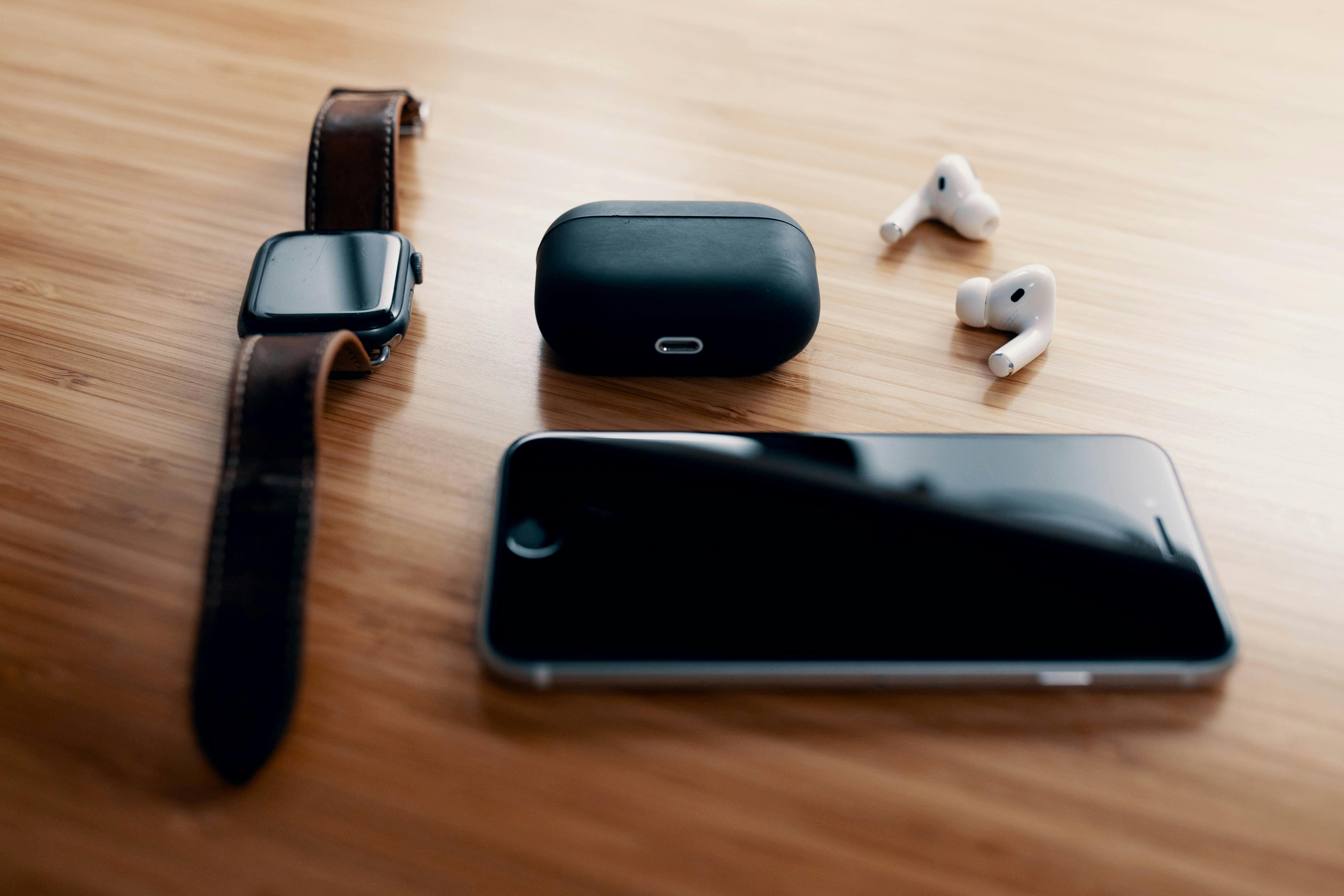
Wearable technology, like smartwatches, fitness trackers has become an integral part of our daily lives, helping us stay connected, monitor health, and track our fitness goals. However, the more features these devices pack, the faster their batteries can drain. If you're tired of constantly charging your wearable device, here are some practical tips to help you extend its battery life.
1. Optimise Display Settings
The display is one of the most power-hungry components of any wearable device. Here are a few ways to optimise it:
Lower Screen Brightness: Reduce the brightness of your device’s screen to a comfortable level. Most wearable devices allow you to adjust brightness manually or set it to auto-adjust based on ambient light.
Shorten Screen Timeout: Decrease the amount of time the screen stays on after you stop interacting with it. A shorter timeout period means less power consumption.
Use Dark Mode: Enabling dark mode can save battery, as these displays consume less power when showing black or darker colours.
2. Manage Notifications Wisely
Notifications can be a significant drain on battery life, especially if your device is constantly vibrating or lighting up the screen.
Prioritise Notifications: Only enable notifications that are truly important to you. For example, you might keep notifications for calls and messages but disable them for social media or emails.
Group Notifications: Some devices will allow you to group notifications, reducing the number of times the screen lights up and vibrations occur.
3. Limit Background Processes and Features
Many devices have background features that can drain the battery quickly.
Turn Off Unnecessary Sensors: If you don't need constant heart rate monitoring or GPS tracking, consider turning these features off. Use them only when necessary, such as during workouts or outdoor activities.
Disable “Always-On” Features: If your device has an “always-on” display feature, it will consume more battery. Consider turning it off, especially if you don’t need to glance at the screen frequently.
4. Control Connectivity Options
Connectivity options like Bluetooth, Wi-Fi, and GPS can significantly impact battery life.
Turn Off Bluetooth and Wi-Fi When Not Needed: If you don’t need to stay constantly connected to your phone, disable Bluetooth or Wi-Fi. Turn them back on only when necessary, such as for syncing data or receiving notifications.
Use Airplane Mode: When you're not using your device, or when battery life is critical, consider switching to airplane mode to cut off all wireless connections.
5. Optimise App Usage
Apps running on your wearable device can consume significant power, especially if they frequently sync data or stay active in the background.
Close Unused Apps: Close apps that you are not actively using to prevent them from draining your battery in the background.
Limit Data Syncing: Adjust the frequency of data syncing for apps. Some apps allow you to set syncing intervals (e.g., every 15 minutes, hourly, or daily). Choose a longer interval to save battery life.
6. Regularly Update Software
Manufacturers frequently release software updates that optimise battery usage and improve the overall performance of wearable devices. Ensure your device’s firmware and apps are always up to date.
Enable Automatic Updates: If possible, enable automatic updates while connected to Wi-Fi to ensure you have the latest battery optimisations.
7. Use Battery-Saving Modes
Most wearables come with built-in power-saving modes that limit functionality to extend battery life.
Enable Power Saving Mode: Activate this mode when your battery is running low or when you know you won’t be able to charge it for a while. This mode often disables non-essential features like GPS, reduces screen brightness, and limits background activity.
8. Charge Smartly
How and when you charge your device can also impact battery longevity.
Avoid Overcharging: Unplug your device once it’s fully charged. Continuous charging can degrade battery health over time.
Use Original Chargers: Always use the original or manufacturer-recommended charger to ensure safe and efficient charging. Third-party chargers may not be optimised for your devices battery and can cause long-term damage.
9. Keep Your Device Cool
Heat can negatively affect battery performance and lifespan.
Avoid Direct Sunlight: Keep your wearable out of direct sunlight for extended periods, especially when not in use. High temperatures can accelerate battery degradation.
Remove During Intense Activities: If you’re engaging in activities where your device might get too hot, consider removing it temporarily to prevent overheating.
10. Monitor Battery Health Regularly
Many wearable devices have battery monitoring tools that provide insights into battery usage and health.
Check Battery Usage Stats: Regularly check which apps or features are consuming the most battery and adjust settings accordingly.
Calibrate Your Battery: Occasionally let your device drain completely before fully charging it to help recalibrate the battery sensor. This practice can improve battery accuracy and lifespan over time.
Conclusion
By following these tips, you can make the most out of your wearable tech’s battery life, ensuring it lasts throughout your day and beyond. Remember, each device has its unique set of features and settings, so take the time to explore your devices capabilities and customise it according to your needs. With a few adjustments, you’ll spend less time charging and more time enjoying the benefits of your wearable tech!
View our full range of Wearable Tech here